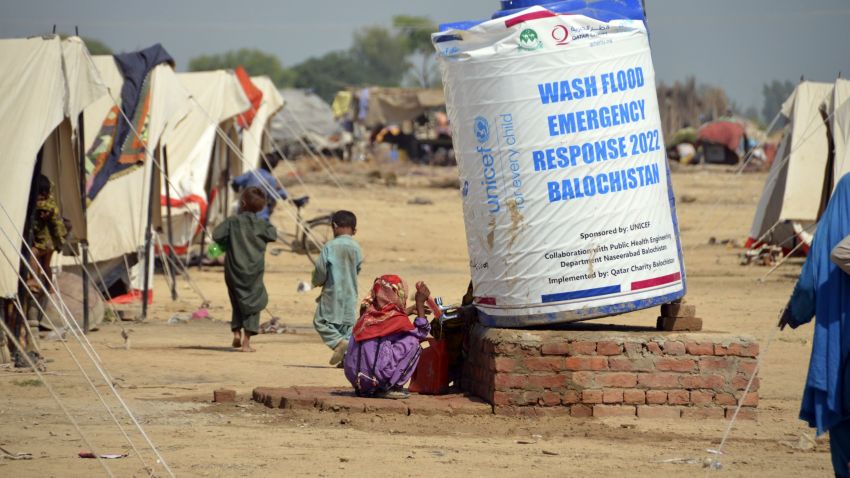In every region of the world, communities have farmed, grazed and fished the same lands and seas for generations, sustaining themselves with local knowledge that deeply connects them with place. But the effects of climate change are shifting where crops can grow and where fish can be found. Add to that the fact that disasters are intensifying to a frightening “new normal,” and rising sea levels are reshaping landscapes.
Since June, for instance, flash floods in Pakistan have killed more than 1,000 people and displaced millions within the country; a Pakistani minister called the disaster a “climate dystopia on our doorstep.” Similar scenarios have played out across the world in recent years, affecting people in both the Global North and the Global South. Wildfires in Australia and the U.S. have prompted record numbers of evacuations, while in 2020 a single cyclone displaced millions in Bangladesh and neighboring countries.
Where lives and livelihoods become too insecure, moving may be the only option, and at times is a critical form of adaptation. This begs the question: Are our current legal frameworks adequate to deal with climate-related displacement?

